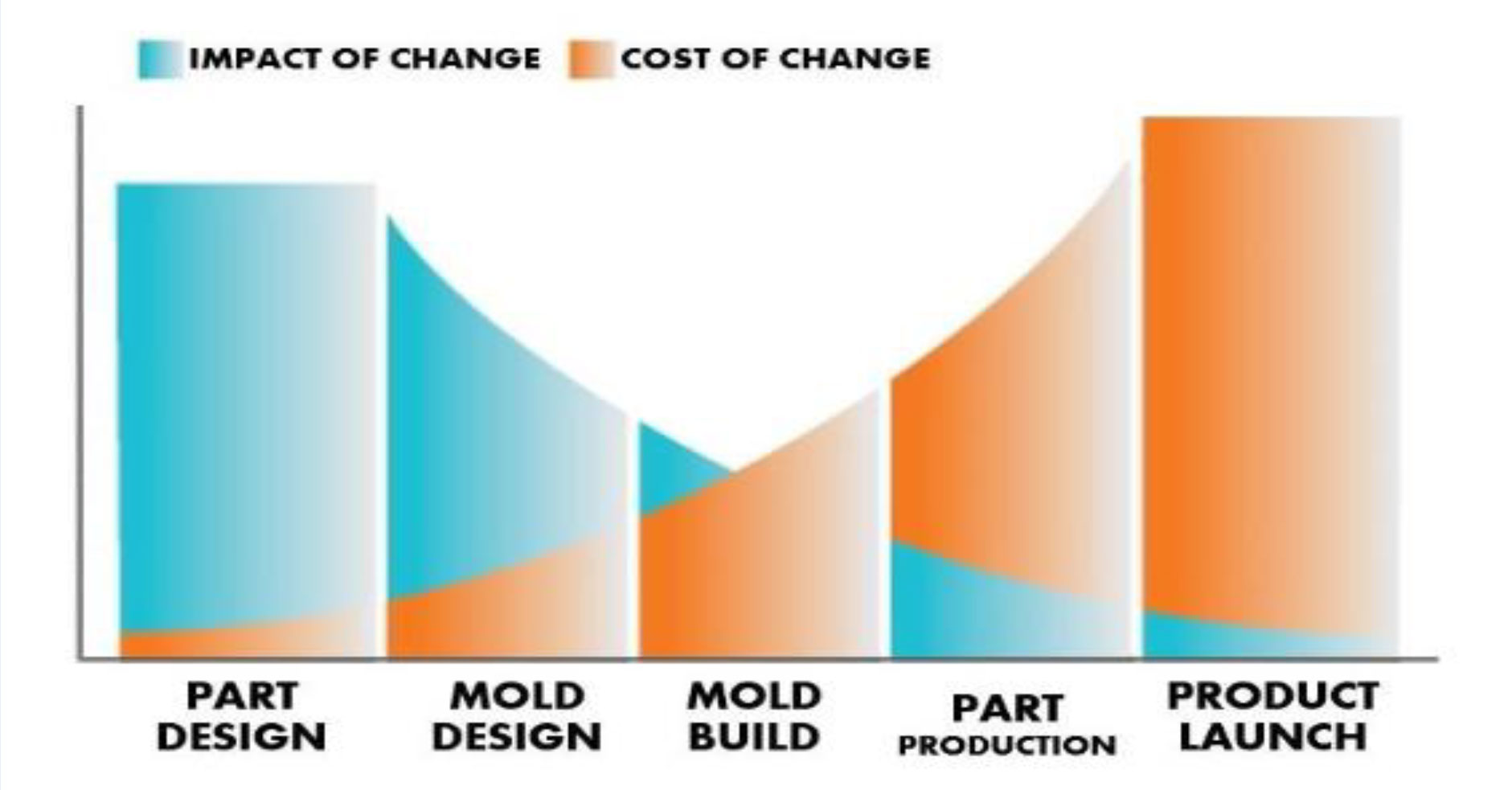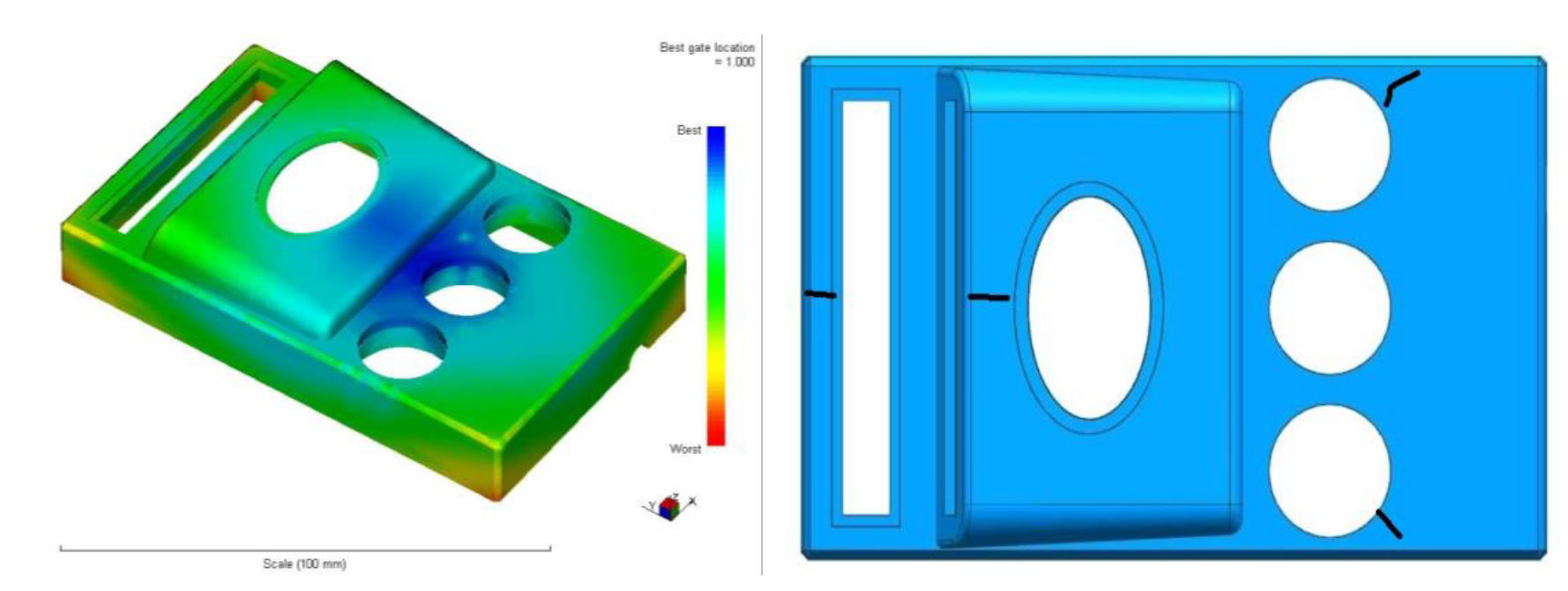At Krafter’s, we start our process by feasibility study of each component individually and assembled conditions followed by Flow analysis Report and Design For Manufacturing (DFM) .
Our 13 step check points on Product Design, ensures that we at Krafter’s, understand in-depth characteristics of each part before start of any actual material cutting, thus avoiding any kind of surprises after 1st trial. The client and Krafter’s will be equipped with what need to be done for the desired outcome. Complete reliance on scientific methods and vast problem solving expertise of founders, throughout their career, has helped them, to build the best quality moulds and tools.
1. Concept to MVP (Minimum Viable Product)
At Krafter’s, we work extensively with start ups all over the world to providing guidance and consultancy to define their new idea to a proper approachable concept. Once we define the concept, Krafter’s helps clients to build prototypes. During prototyping, Krafter’s guide our client to ensure functional requirements tested individually (Sensors, Mechanical mating parts etc), followed by integration testing. A successful proof of concept gives the client, confidence on their idea and able to pitch to potential buyers. Upon successful completion of Proof of Concept, Krafter’s team proceed to build minimum viable product, where the client will ensure the electronic and software capability and near close ergonomics of final
product. This is used for customer validation, pilot testing and to get first-hand feedback. This helps the start-ups to reserve their budgeted expenses on most important areas, before winning a major contract.
2. MVP to CVP (Commercially Viable product)
Once the client decides to release the product commercially, the most capital intensive development, start in the form of moulds and tools development, identifying rightful vendors, and setting up a production line. Converting a Minimum Viable Product to a Commercial release product is a different ball game altogether, where high-level technical skills, right contacts and networks, knowledge curve, and an empathetic approach towards the client is required, else it will result in unnecessary cost to the client. We at Krafter’s, have mastered the art of developing products at the lowest investment and at the highest ROI. We have concluded our support contracts, by providing proper plans and guidance for maintenance and further expansion plans, in order to have optimum performance and profitability.
3. DFM (Design for manufacturing)
Design for Manufacturing (DFM) is the process of proactively designing parts, components or products for ease of manufacturing and assembly with an end goal of making a better product at a lower cost. This is done by simplifying, optimizing, and refining the product design.

At Krafter’s, DFM uses various analysis on parameters like gate location, shrinkage, heat mapping, pressure, material flow etc to identify and take corrective action to avoid various moulding defects such as warpage, air traps, short shorts, weld-lines etc, resulting in no surprises after manufacturing.
For Example 1: - We Predict Weld lines based on the given part model and gate position

For Example 2 : Temperature Mapping during DFM for a flat component HDPE 1.6 mm thickness Diameter 460 mm component weighting 360g

4. TOOL DESIGN
Our expertise in design always helped us to deliver high performing moulds and tools exceeding customer expectation.

